100 Acts of Sewing July 2020 Week 4 - sponsored by Selvedge and Bolts
WEEK 4, JULY 27 - AUG 3 (all weeks run from Monday 9am GMT)
THEME IS DRESS UP, sponsored by Selvedge & Bolts
This week with our Instagram challenge, you can win a £40 voucher for Dib's amazing fabric shop, Selvedge & Bolts!

I have been a huge fan of Dib's sewing on her personal Instagram account for a few years now - I realised we definitely had the same taste in fabric! So when she opened her online fabric shop a year ago, I was just a bit excited! Dibs did not disappoint and I now have rather a large dedicated SAB section to my fabric collection! Plus she has the most inventive fabric names in the business!
It's also been a joy getting to know Dibs and such a pleasure meeting her in real life earlier this year in London. So it was great to find out a a bit more with my interview questions...

So Dibs, tell us a bit more about Selvedge and Bolts (SAB), which is just one year old now!
First of all, Grace, I want to thank you for offering me the opportunity to sponsor 100 Acts of Sewing this year. I really love how you are inspiring many people to tap into their creative sides.
Selvedge and Bolts to me, is a way of sharing my love of bold and colourful fabric with the world. I want SAB to be the destination of choice for people who are looking for unique and quality fabrics at reasonable prices.
I sell predominantly protein-based fibres (wool, silk), as well as cellulose based fibres, both natural (cotton, linen) and man-made cellulose fibres (Viscose, Ramie, Tencel and Cupro). Some fabric I sell might have a synthetic fibre element, but the natural fibre would always make up a higher percentage.
Is there an environmental reason for this, or is there something about the quality of natural fibres that you prefer?
Ah….a tough one. Will it be controversial if I say my reason for stocking mostly natural fabrics is not environmental? I understand the need to protect the planet, but in this case, my business decision on the fibres to stock comes more from a quality perspective.
When I buy clothes for myself, I gravitate towards natural fabrics because I love the way they feel on my body, and the quality I associate with the fibres. This love for natural fabrics also influenced my fabric buying habits when I started sewing. I found myself gravitating towards the types of fabric I would buy in ready-to-wear shops. Cotton, wool, linen, silk. These were my go-to fibres as a consumer. Don’t get me wrong, I have some polyester fabrics in my personal fabric collection, but these were bought because I literally could not resist the print.
So, when it came to sourcing fabric for SAB, I decided to stock what I would wear. My approach to SAB is quite personal. I buy fabric for SAB as if I am buying for my personal fabric collection. That way, even if no one buys the fabric, I will use it myself. The disadvantage to this is that sometimes I do not list certain fabrics because I decide I want them for myself and sometimes, I cry when I sell out on a fabric because I did not have the foresight to keep some for myself.

I love your personal IG feed @dibsandthemachine and this is where you show your amazing personal fabric collection and clothing that you have made. I’ve always felt that a lot of your clothes have a great sense of occasion and are high fashion led, but in a classic/couture kind of way. I know we were both big fans of Spanish couturier Paco Peralta who sadly died last year. How and why did your love of beautiful clothes develop? Is it something quite recent and how did you develop your skills?
Ah yes, my love for occasion wear. I come from Cameroon, and back home, people take dressing up VERY seriously. There is always an event to go to and that means new clothes. Now, back home, people want to stand out and to do that, they get clothes tailor-made for every event. Almost everyone has a personal tailor. Things have changed a bit now I think but back then, almost everyone got their clothes made for them.
It’s funny, but when I was growing up, I was such a tomboy. I wore jeans every single day I was not in school uniform. I was in an all-girls Baptist boarding school from ages 10-17 and we wore school uniforms, so I did not really get the opportunity to develop my style from a young age. When I went to university, and started spending more time with my mom, that was when my love for clothes started.
My mom was my biggest style influence. We have the same body shape and I used to love everything she wore so I naturally gravitated towards her style. She wore a lot of designer stuff, clothes and shoes, and so from about 18, I was exposed to well -made clothes.

When I came to England, I quickly realised I could not afford the designer clothes my mom used to wear so I had to learn to make them myself. Getting someone to sew for me here in England was not as cheap as back home so I had to learn to do it myself. I spend a lot of time on websites like Matches Fashion and Net A Porter. When I see a dress I like, I look at the details, like the fabric used and when I shop for fabric, I look for similar fibres to recreate the look. Now, good quality fabric is not cheap and when you spend that much on fabric, you want to make sure you do the fabric justice.
Which is where my love for good sewing techniques came in. I love learning new things. I buy a lot of online learning courses. I buy a lot of books. I read a lot, and I fell across Paco’s blog and I learned so much from him. I was so lucky to have developed a friendship with him and visited him in Barcelona a couple of years ago. We communicated with each other using our phones and google translate, and it was brilliant. He took me to his fabric joints in his city and I bought this really amazing jacquard fabric that I am still to use because I want to do it justice.

The awful events in the US around the death of George Floyd and the growth of the BLM movement have shifted the focus back to the inequalities and prejudices that exist around race in our society. The sewing world needs to take notice and act. You recently spoke about your experiences as a black woman in the sewing community on an Instagram post, mainly regarding some of the bigger brands/magazines and how they had ignored your calls for wider representation and inclusion. Do you feel positive about the changes that many businesses have pledged to make over the last few weeks? What more can we do?
Yes I am feeling quite positive about some aspects of the change happening within the sewing community. I am happy that the focus this time seems to be on allyship. The notion that it is not okay to not be a racist, but you also have to be consciously anti-racist is gaining traction and I am quite keen to see where that leads. I still see some comments online that are, quite frankly, shocking.
Two instances come to mind. An American craft company announced a grant for ethnic minorities and some of the comments under that post were alarming. Some white people were unhappy about the grant, and threatened to boycott the company. An Australian pattern company wrote a post about Black Lives Matter and they had to turn off the comment section because the racist comments were too many. All of this shows that there is still a lot of work to be done for better equality and representation within the sewing community and our societies as a whole, but I am positive that change will come. Now that there is a rising awareness among white people, that there is indeed an issue of racism, unconscious bias and lack of representation, I hope old habits will not resurface.
It is not all bleak though. I have seen some brands, such as Pfaff, taking steps to be more inclusive and I hope many more will follow. Recently, Pfaff added me and two other non-white women to their Ambassador program. That is progress.
So what’s next for SAB Dibs?
When I started Selvedge and Bolts, I was not quite sure about the reaction I would get from people. Would they love my fabric choices? Will they love colour and texture as much as I do? Would they be willing to buy designer fabric at the prices I was going to sell them at? I am really delighted by the reaction to Selvedge and Bolts. I am humbled every time I get a message from someone thanking me for offering something different. The support has been amazing.
What that means for my business is that I have now outgrown my dining room and I have recently taken a lease on an external office space. All of this would not have been possible without the support from the lovely people in the sewing community. I am very grateful for each and every person that has bought from me, or recommended Selvedge and Bolts to their friends and family.

Thank you so much Dibs for sponsoring Week 4 - I'm so excited to see what people come up with! Here's a reminder about how to take part..
A RECAP ON HOW TO TAKE PART IN WEEK 4 OF 100 ACTS OF SEWING JULY ON INSTAGRAM
First of all you'll need at least one sewing pattern from the 100 Acts of Sewing collection.
Make a version of it that ties in with the weekly theme - this week the theme is DRESS UP! You can interpret this however you like!
Then take a photo of your garment (preferably of you wearing it!)
Post your finished 100 Acts of Sewing garment on Instagram FROM 27 July - 2 August. Use the hashtags
#100actsofsewingjuly20
#100actsofsewingjuly
plus the garment hashtag, e.g. #shirtno1
Follow @beyond_measure_uk and @selvedgeandbolts
and tag us both to be in with a chance of winning the prize!
Pattern hacks and adaptations are welcome but your garment must have initially come from a 100 Acts of Sewing pattern and should link to the weekly theme. Please only post garments that haven't been entered in previous years, let's keep it fresh!
One winner will be chosen at random each week from Instagram and they will get the sponsor’s prize.
Competition is open worldwide.
You can also win prizes in our private Facebook group - please answer the questions to gain membership and get sewing!
Grace x

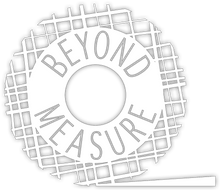
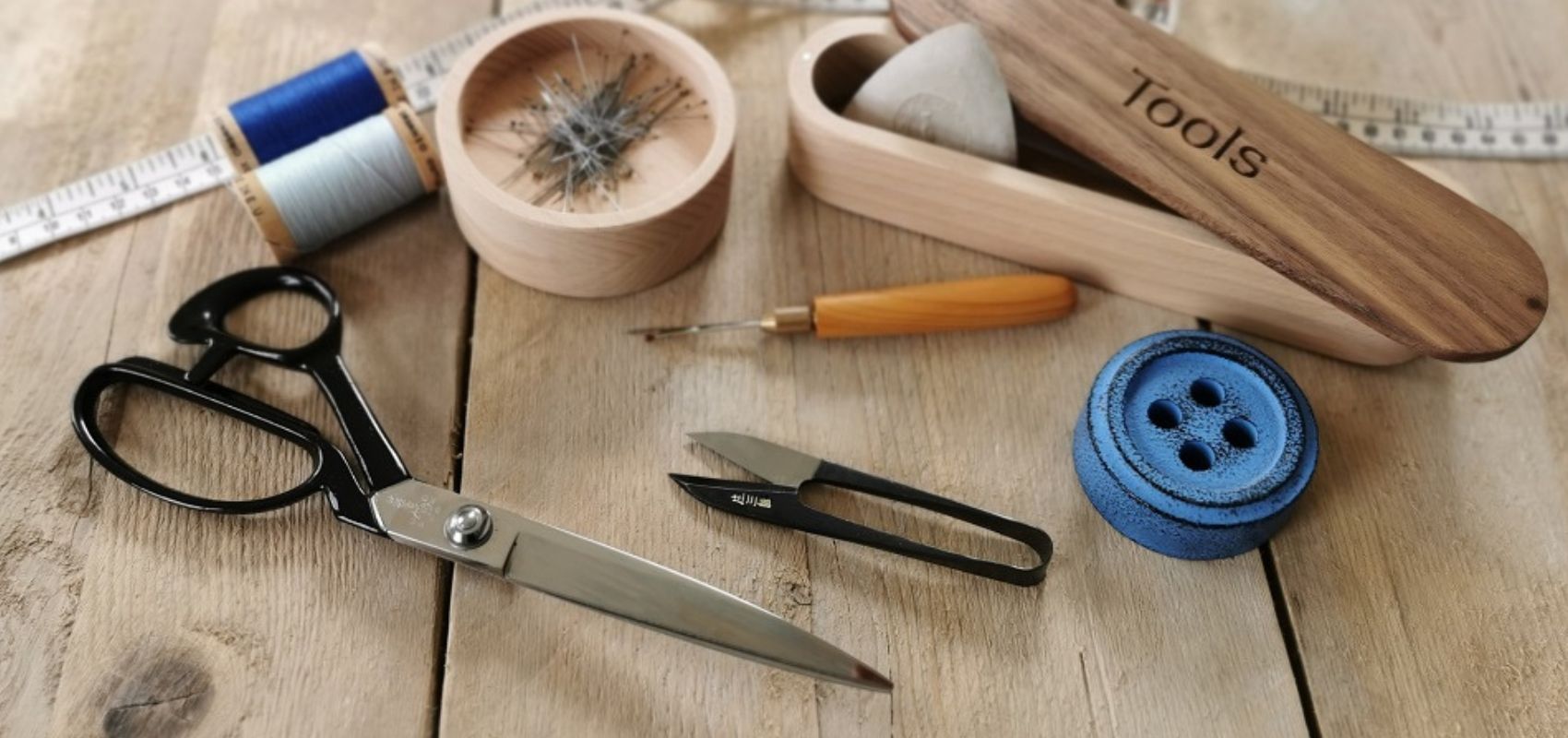
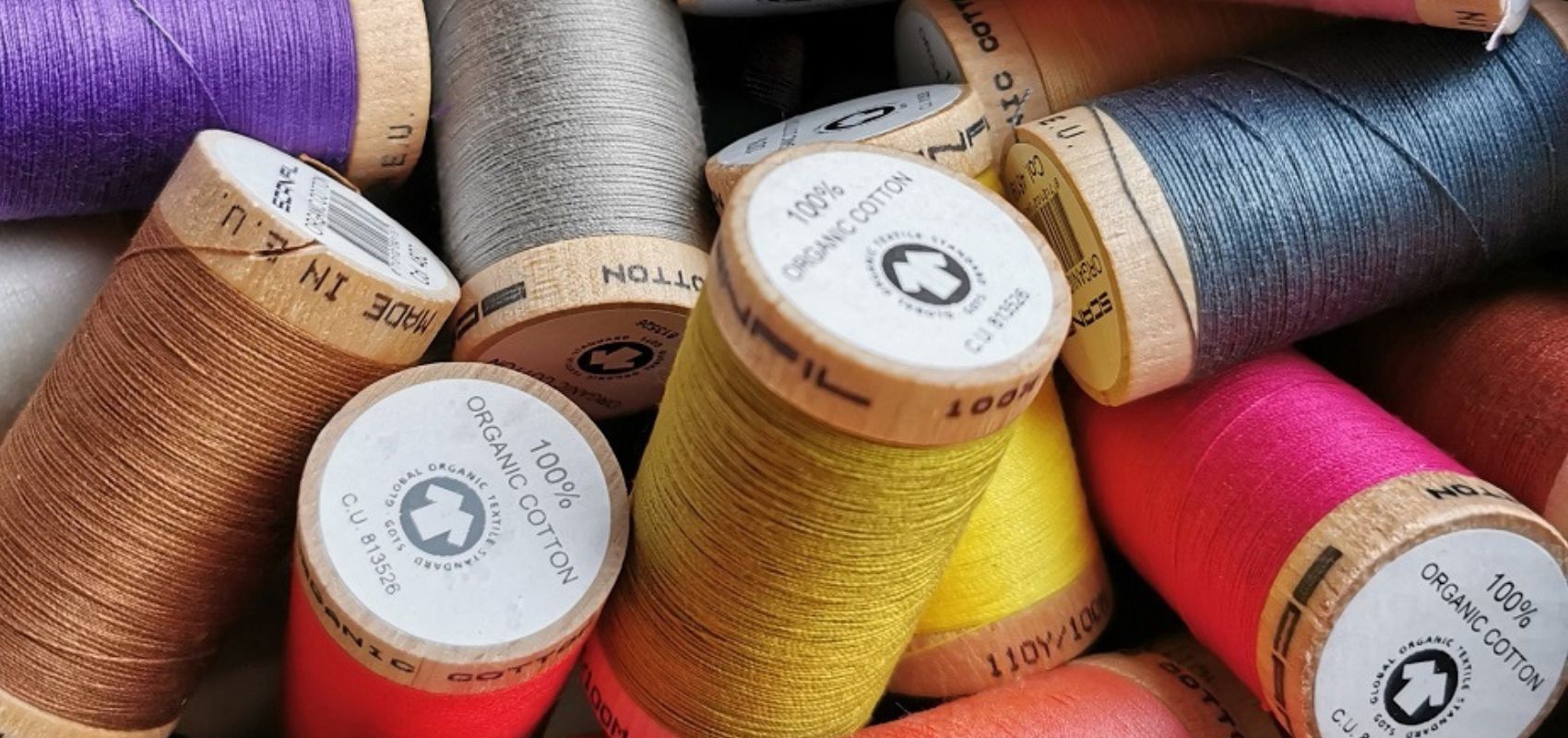
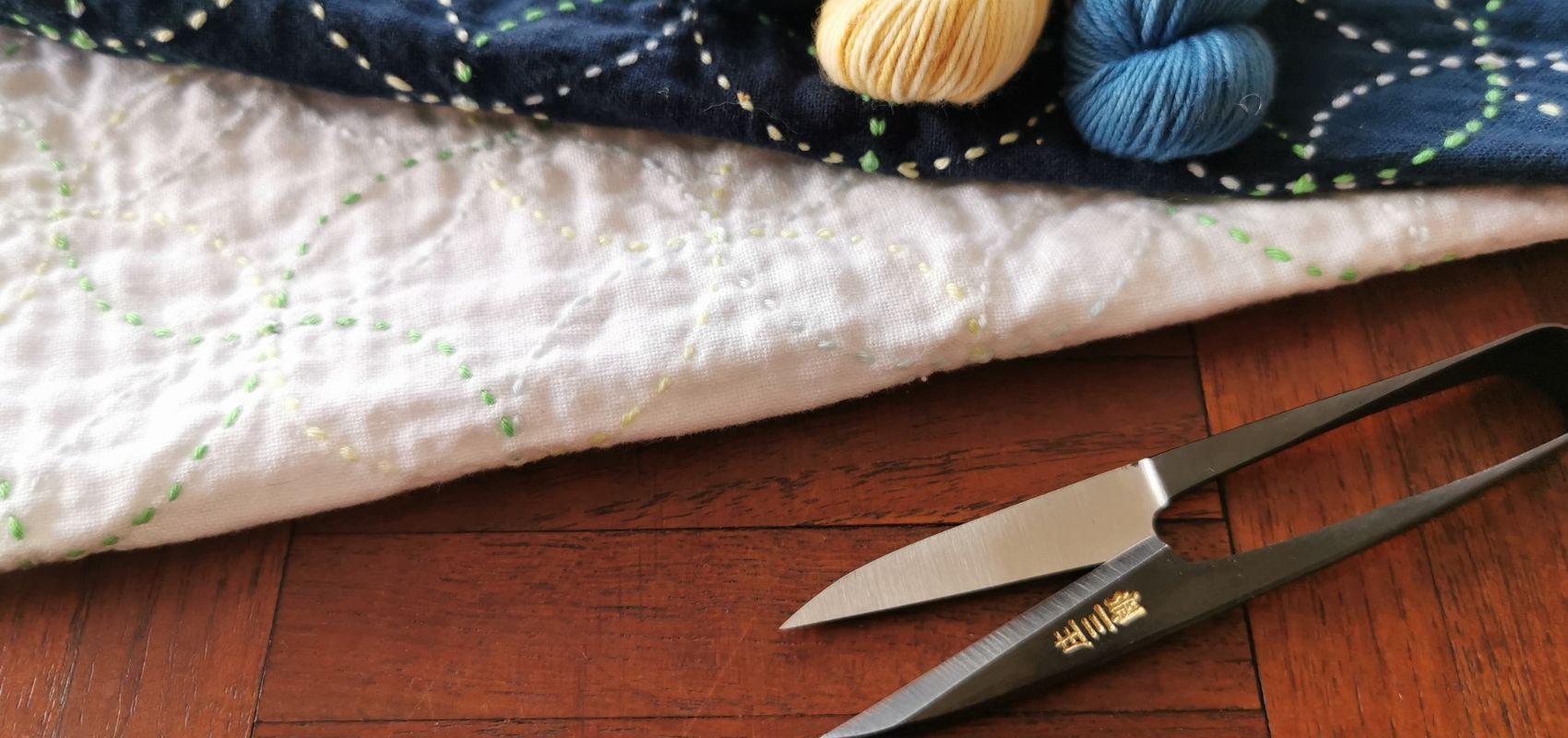
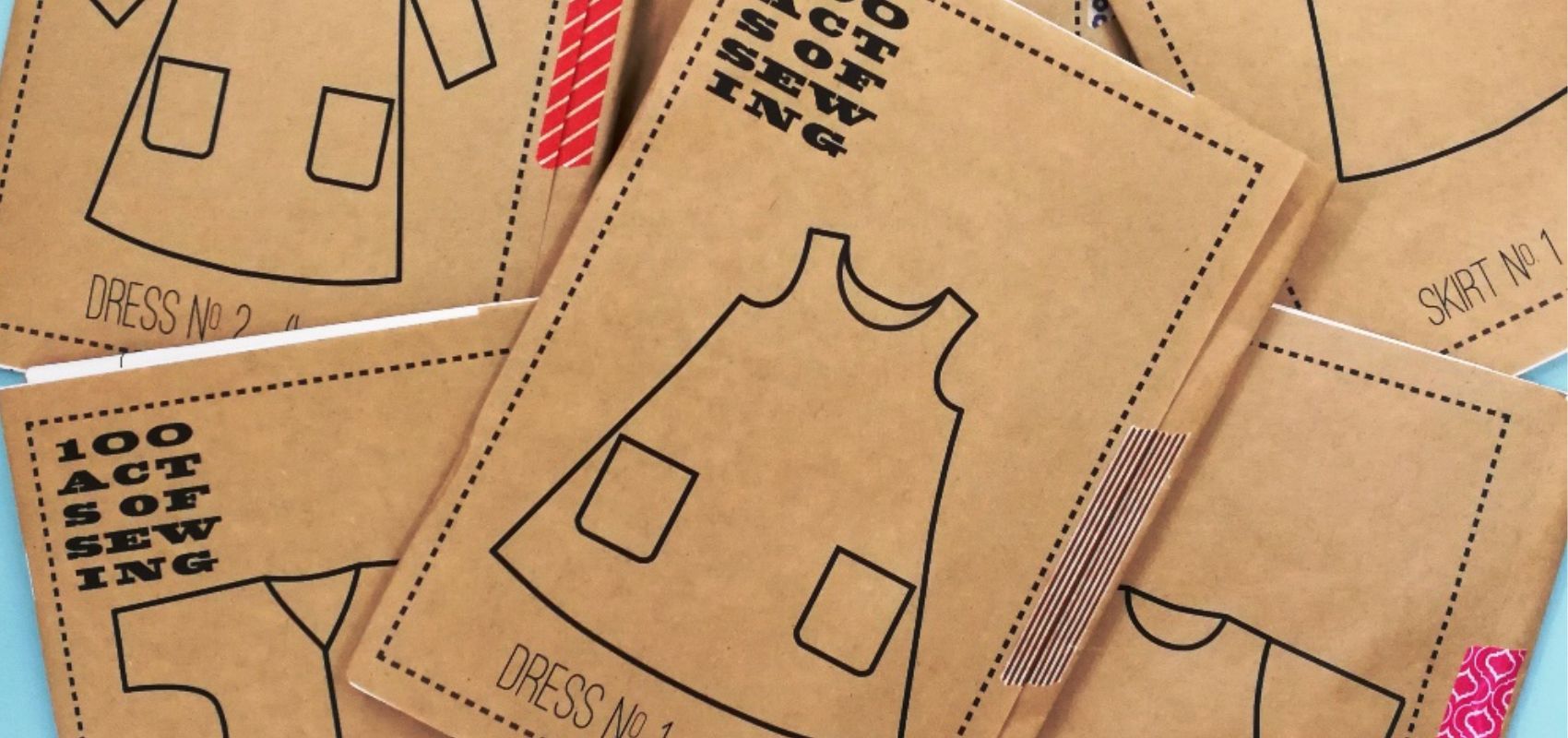
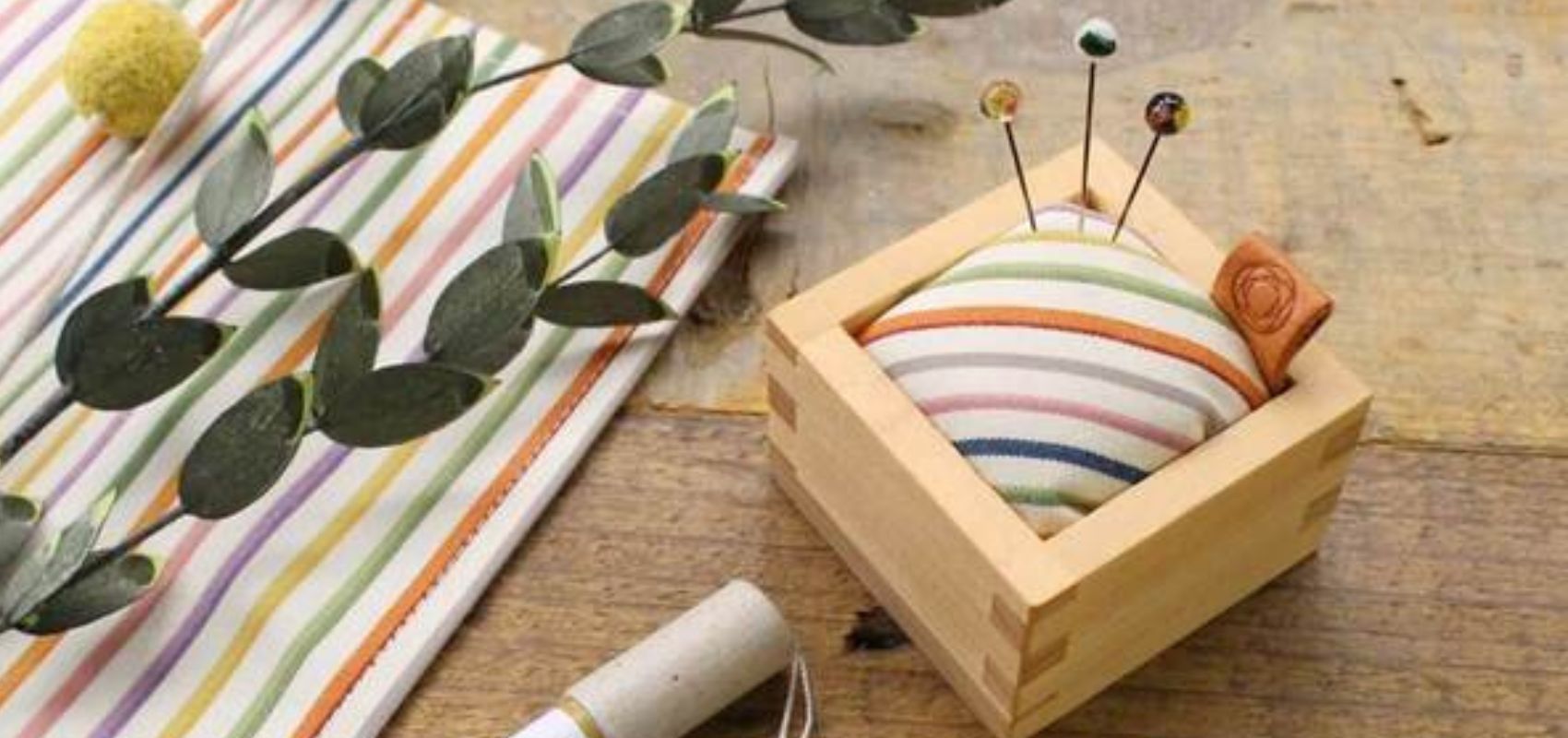
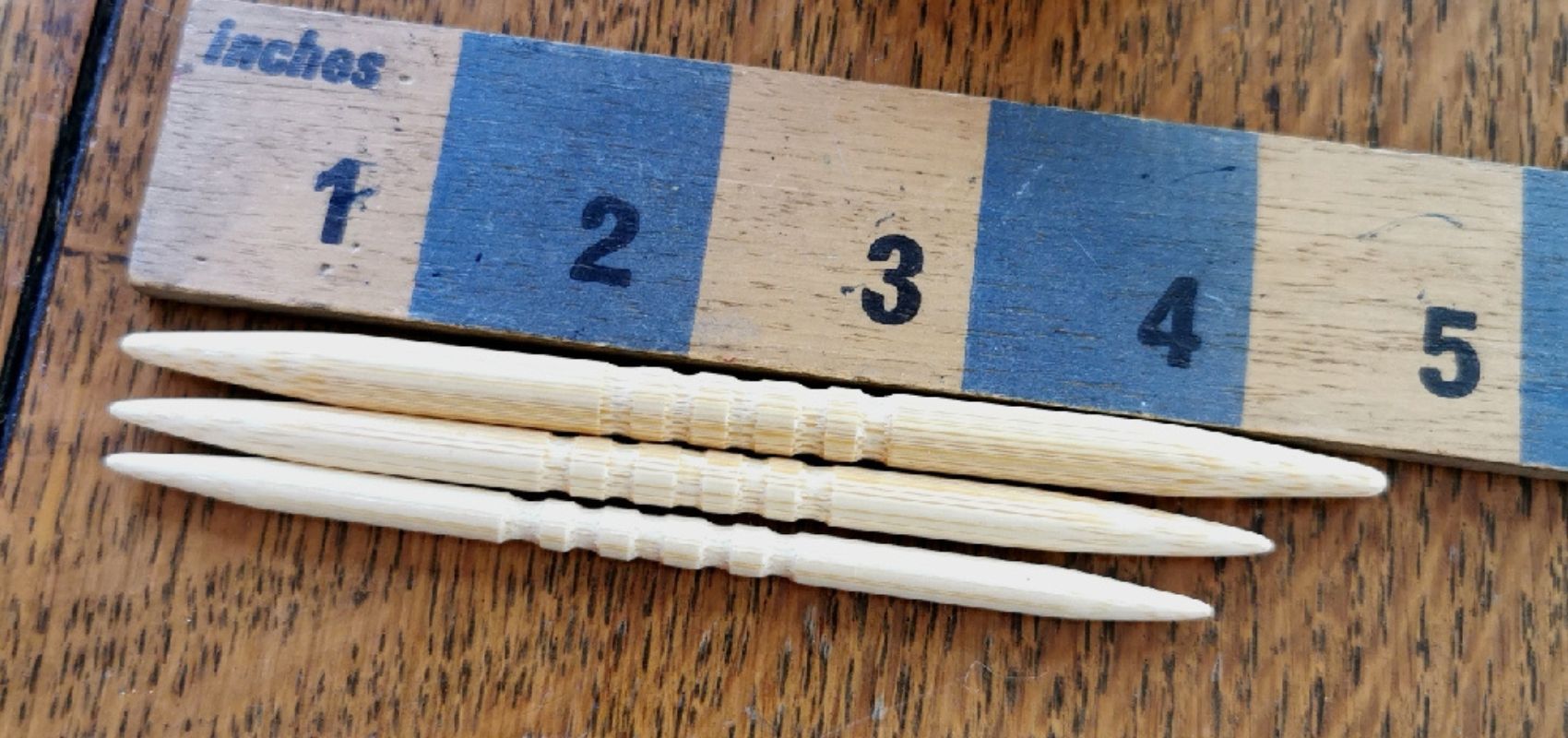
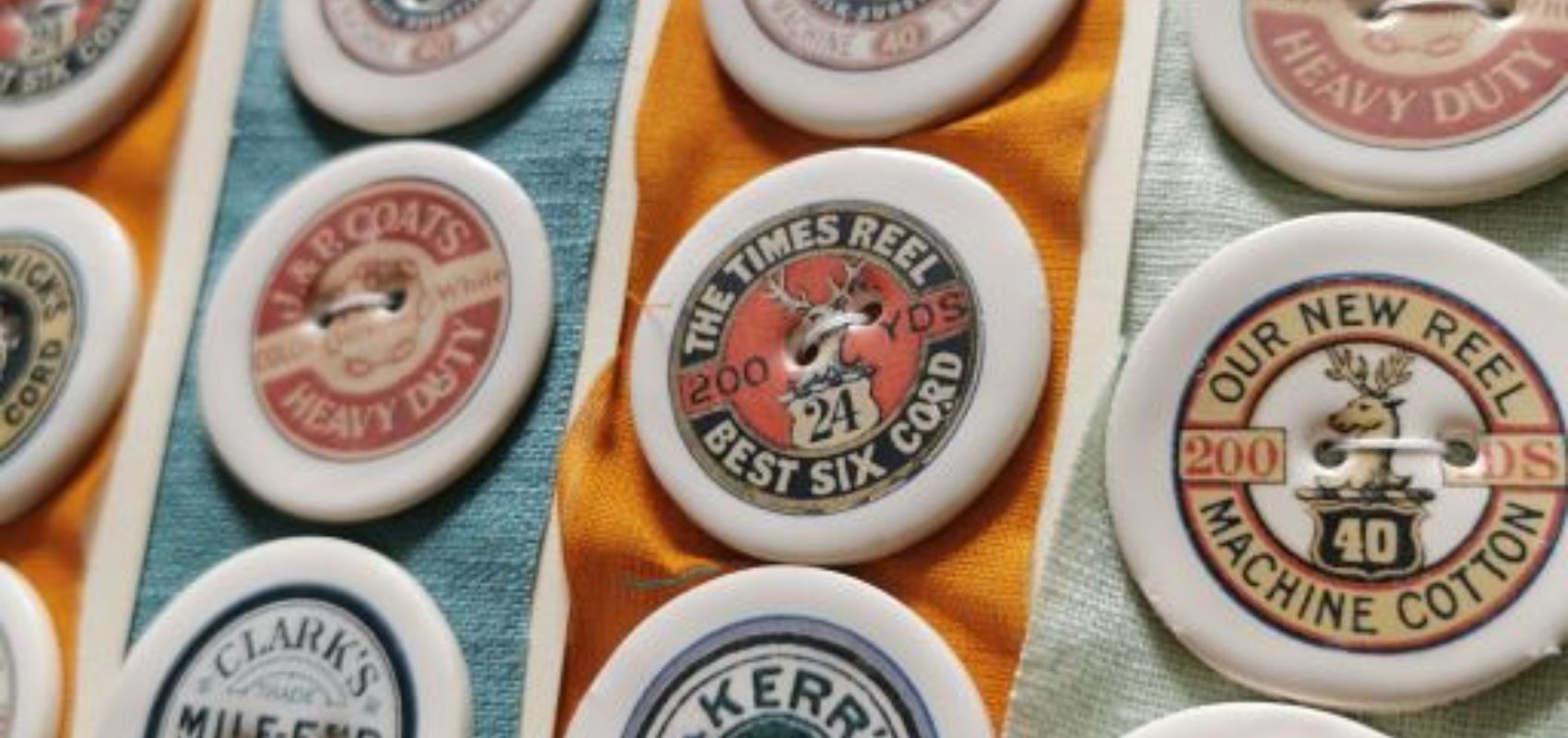
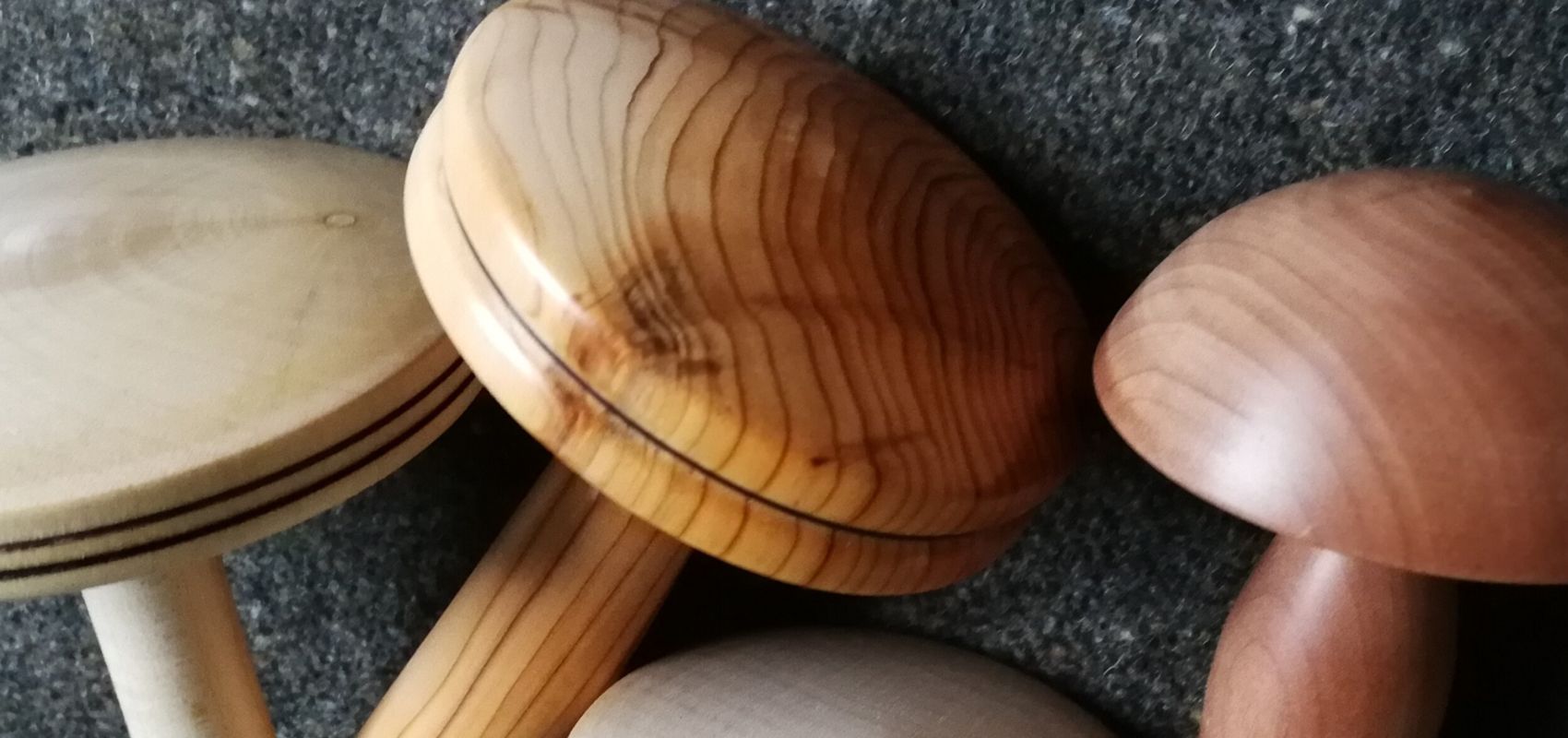
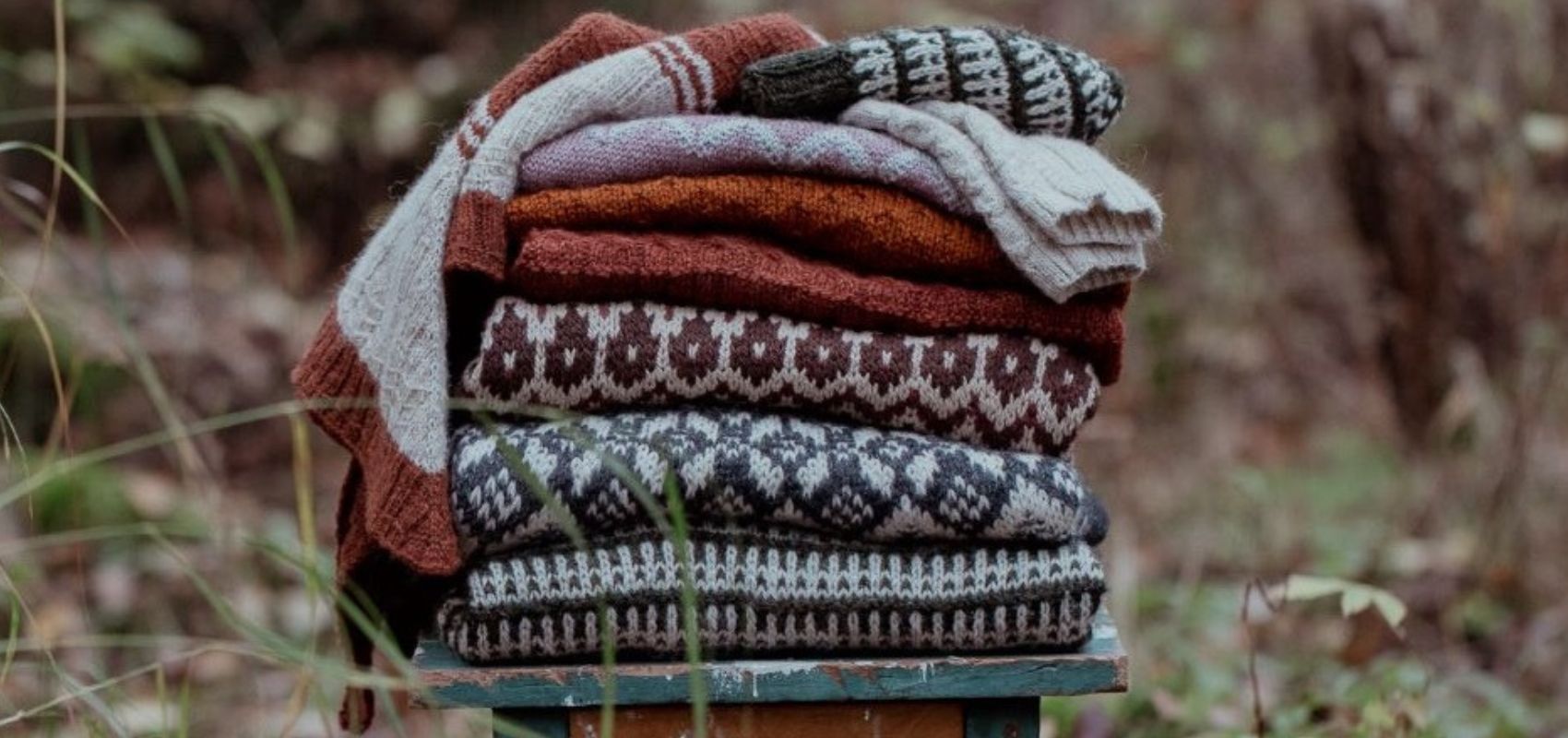
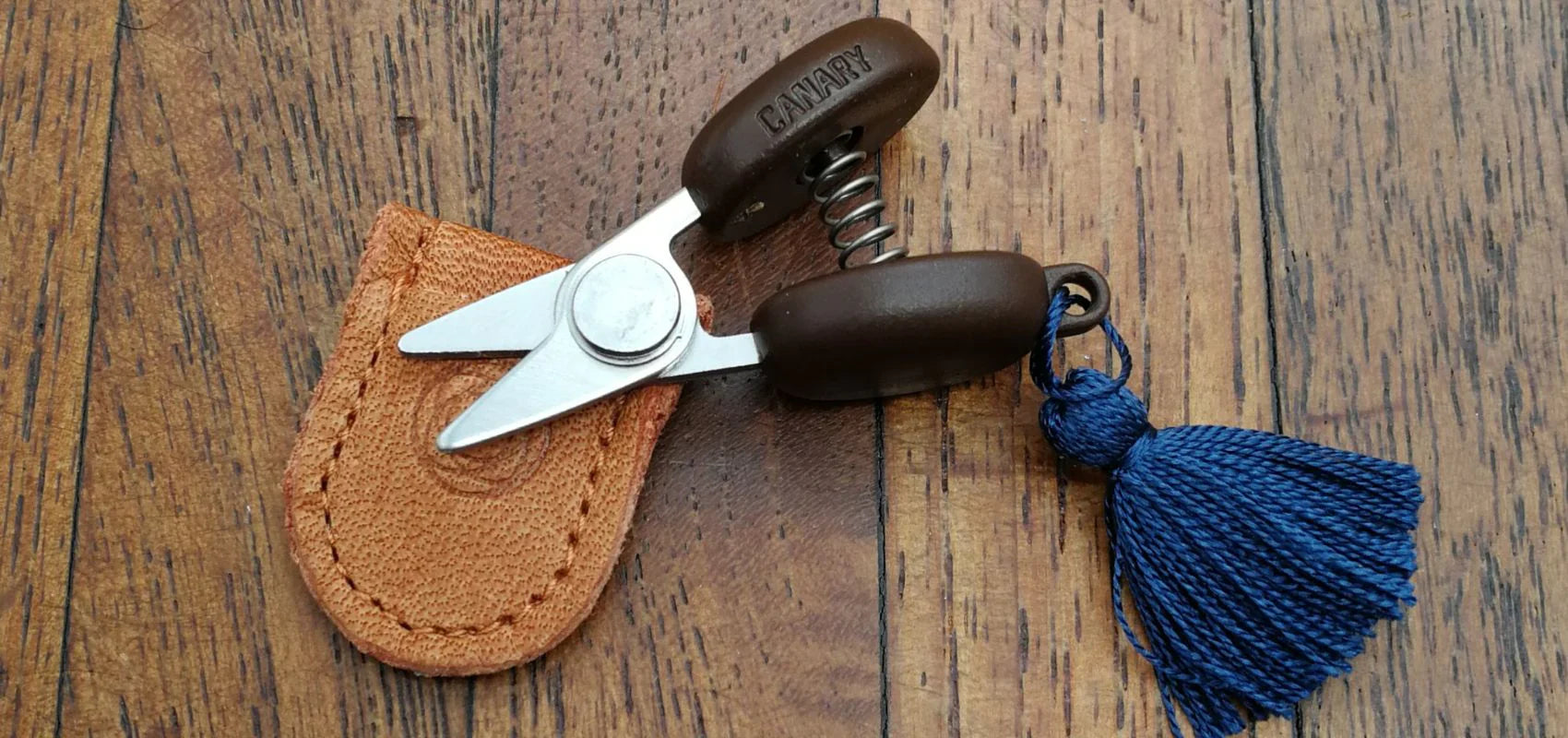
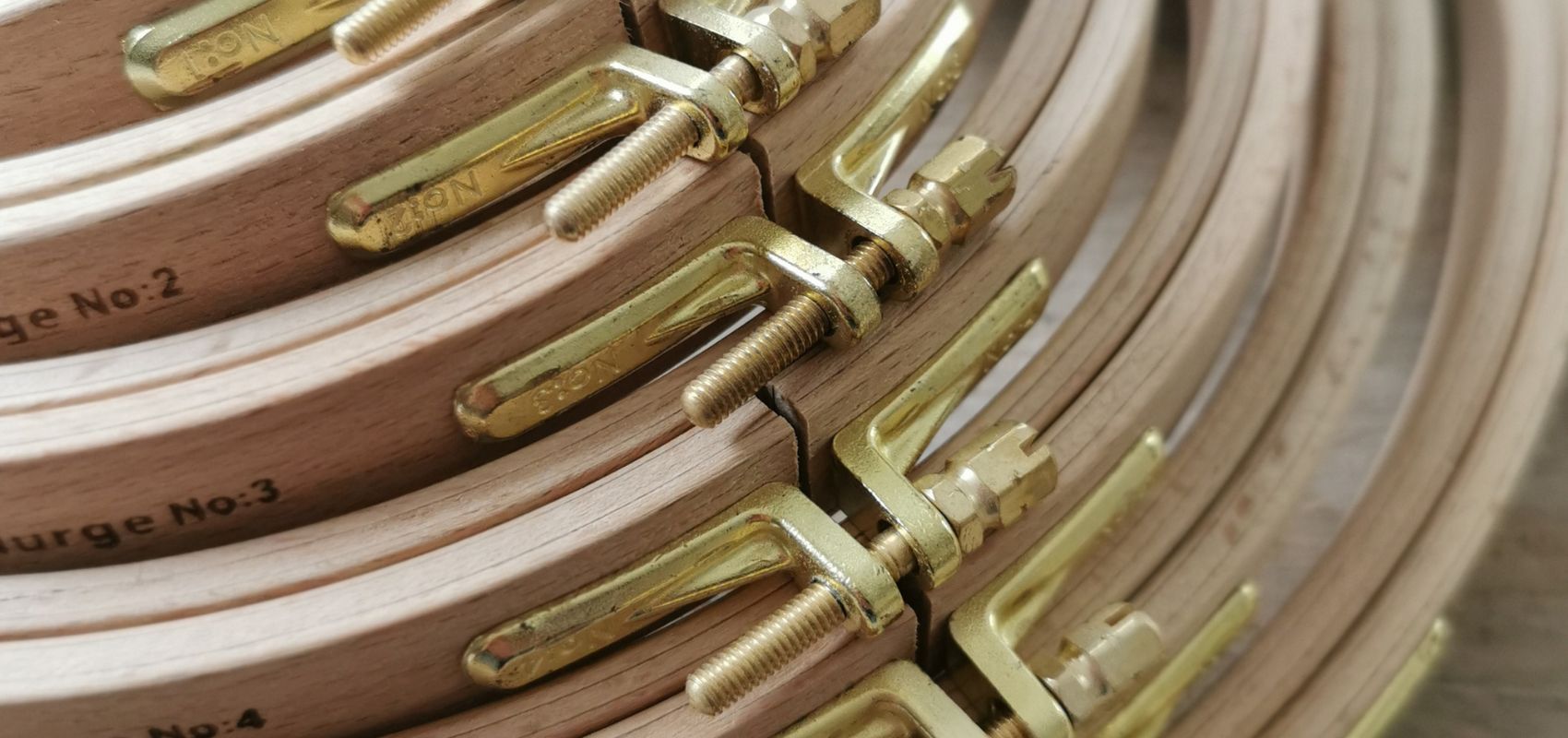
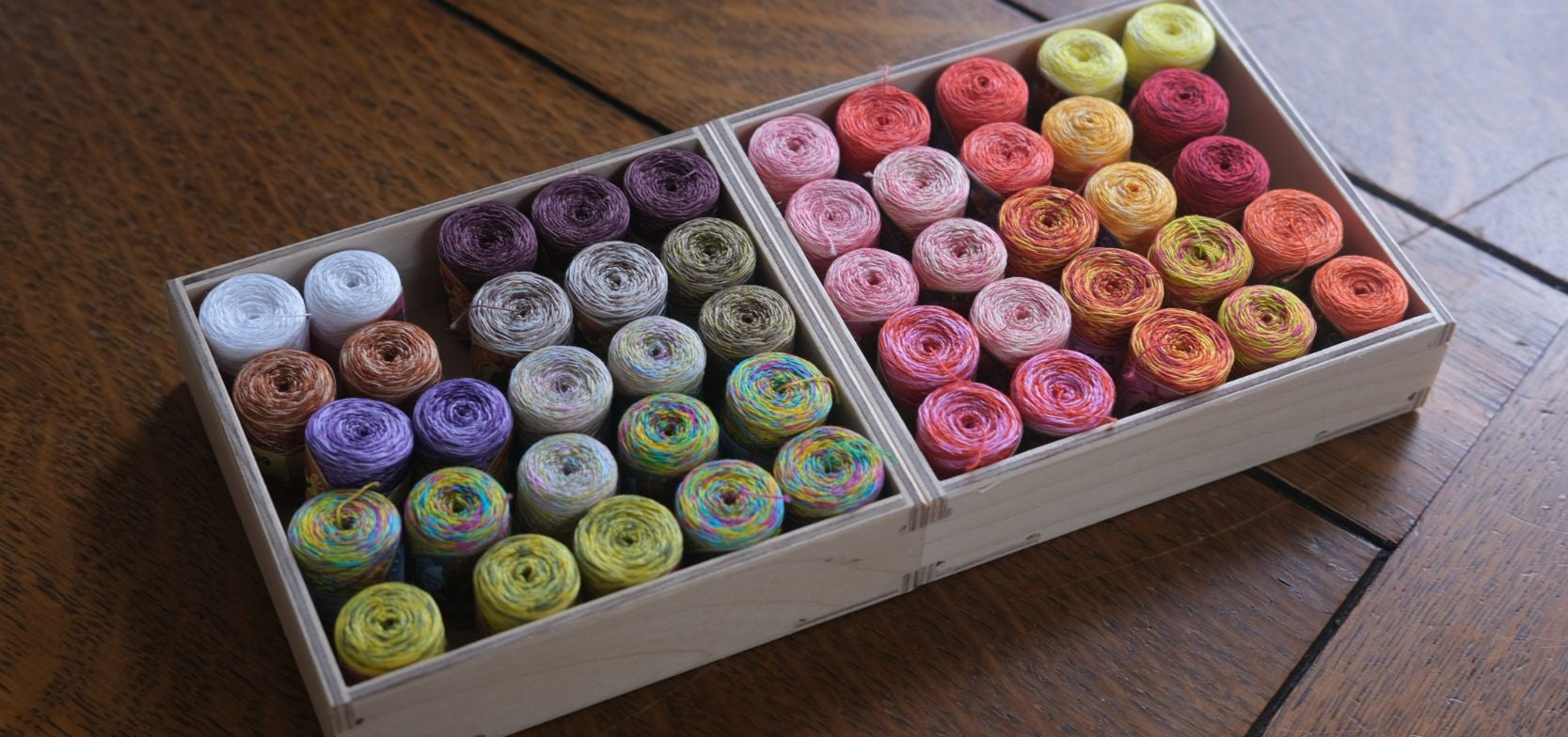
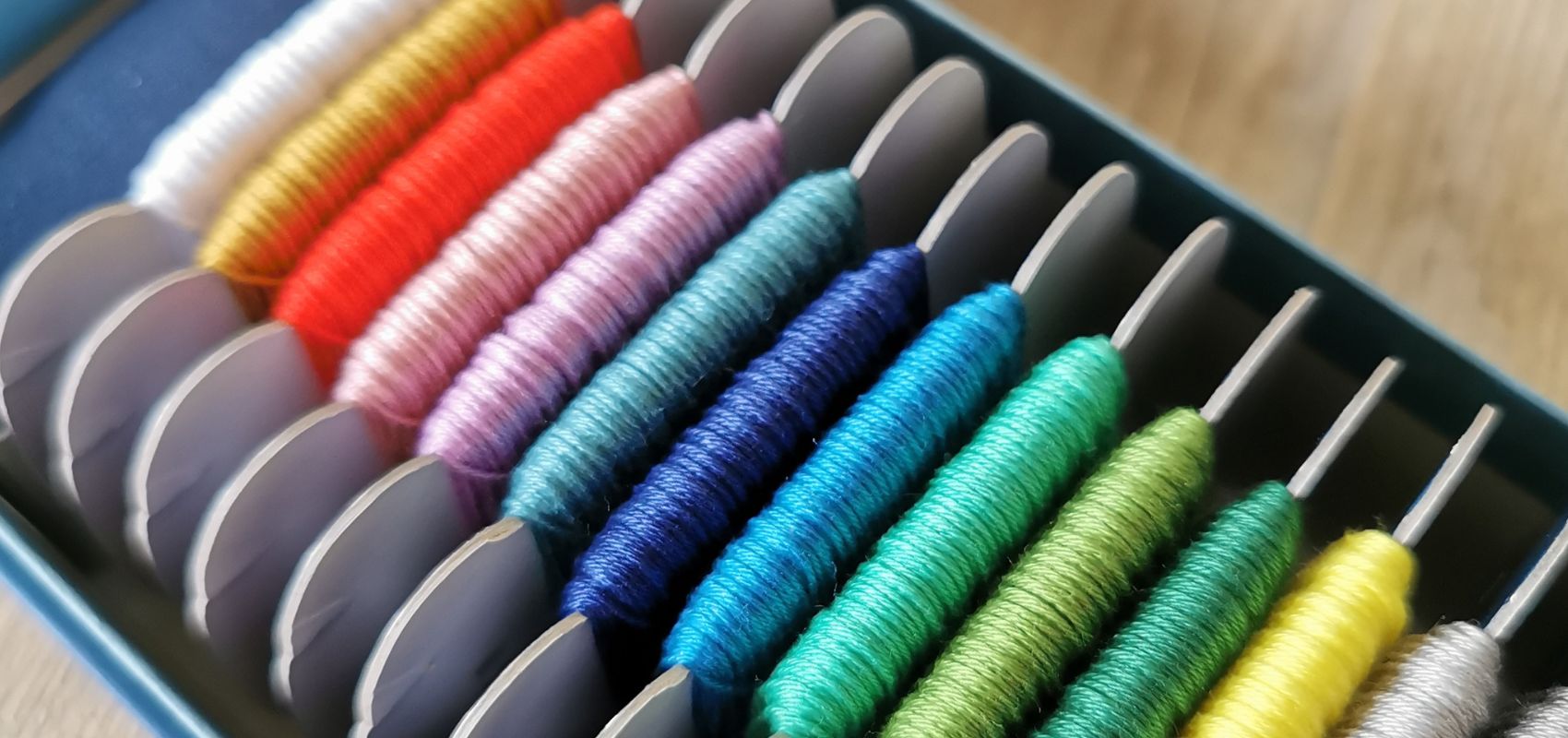

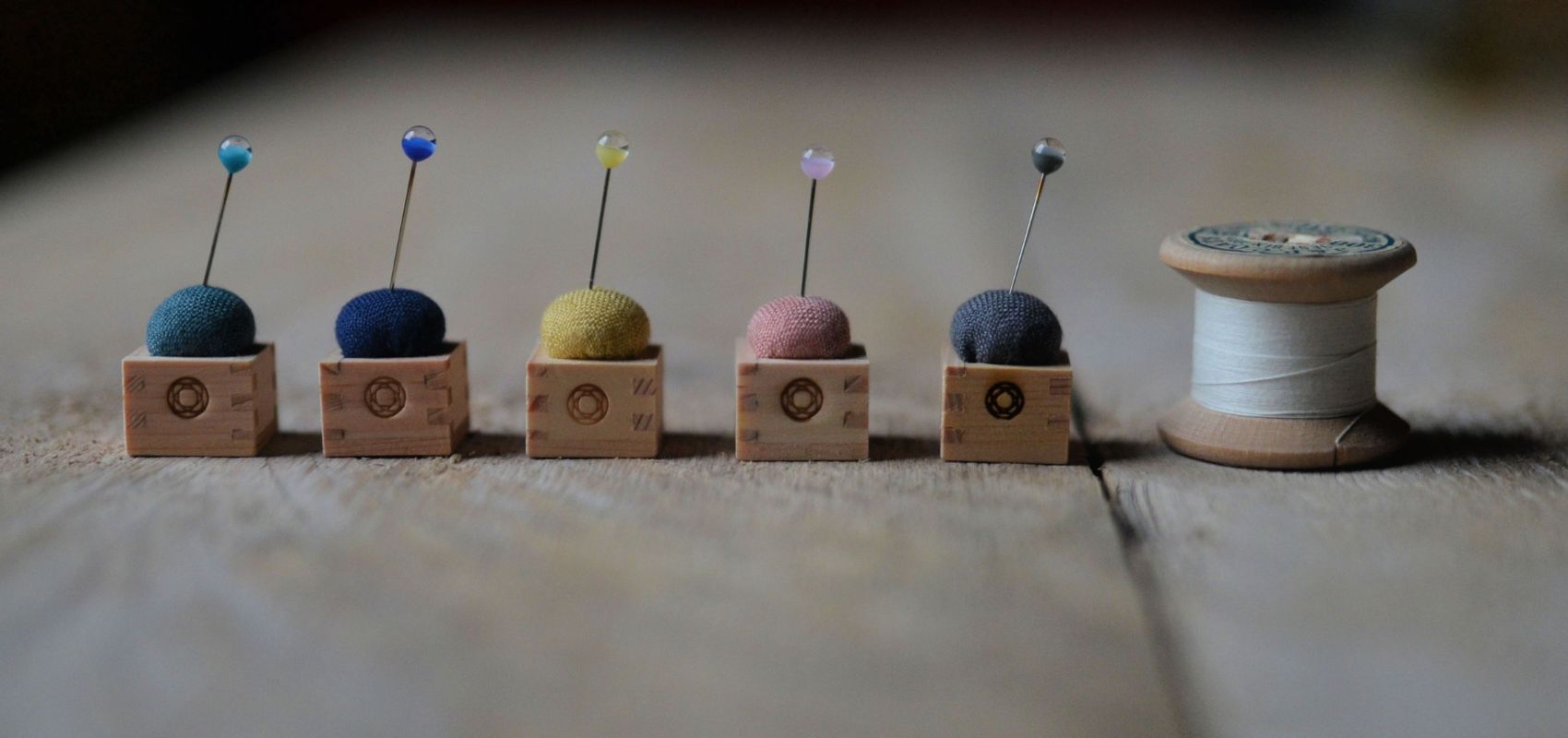
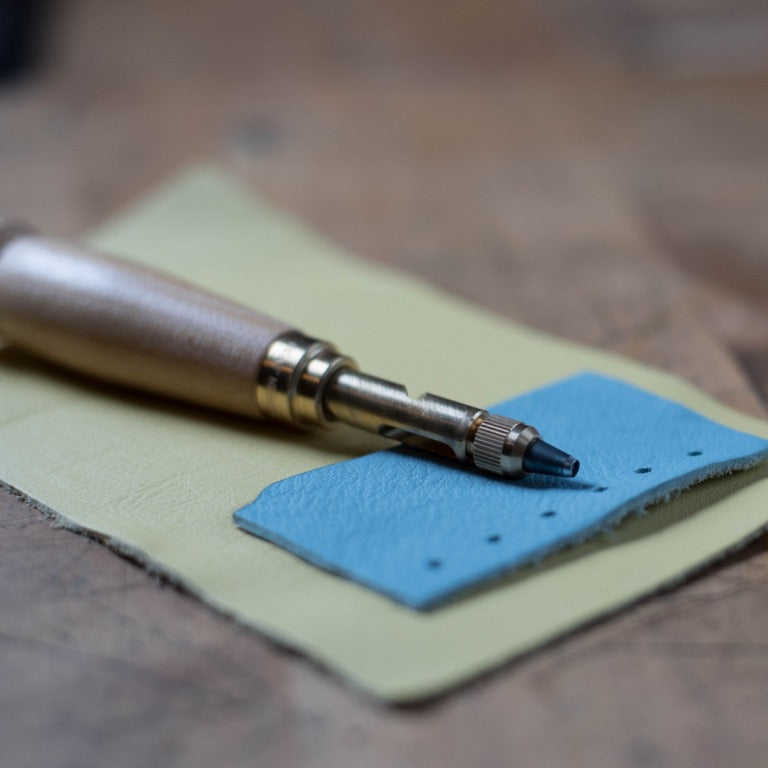
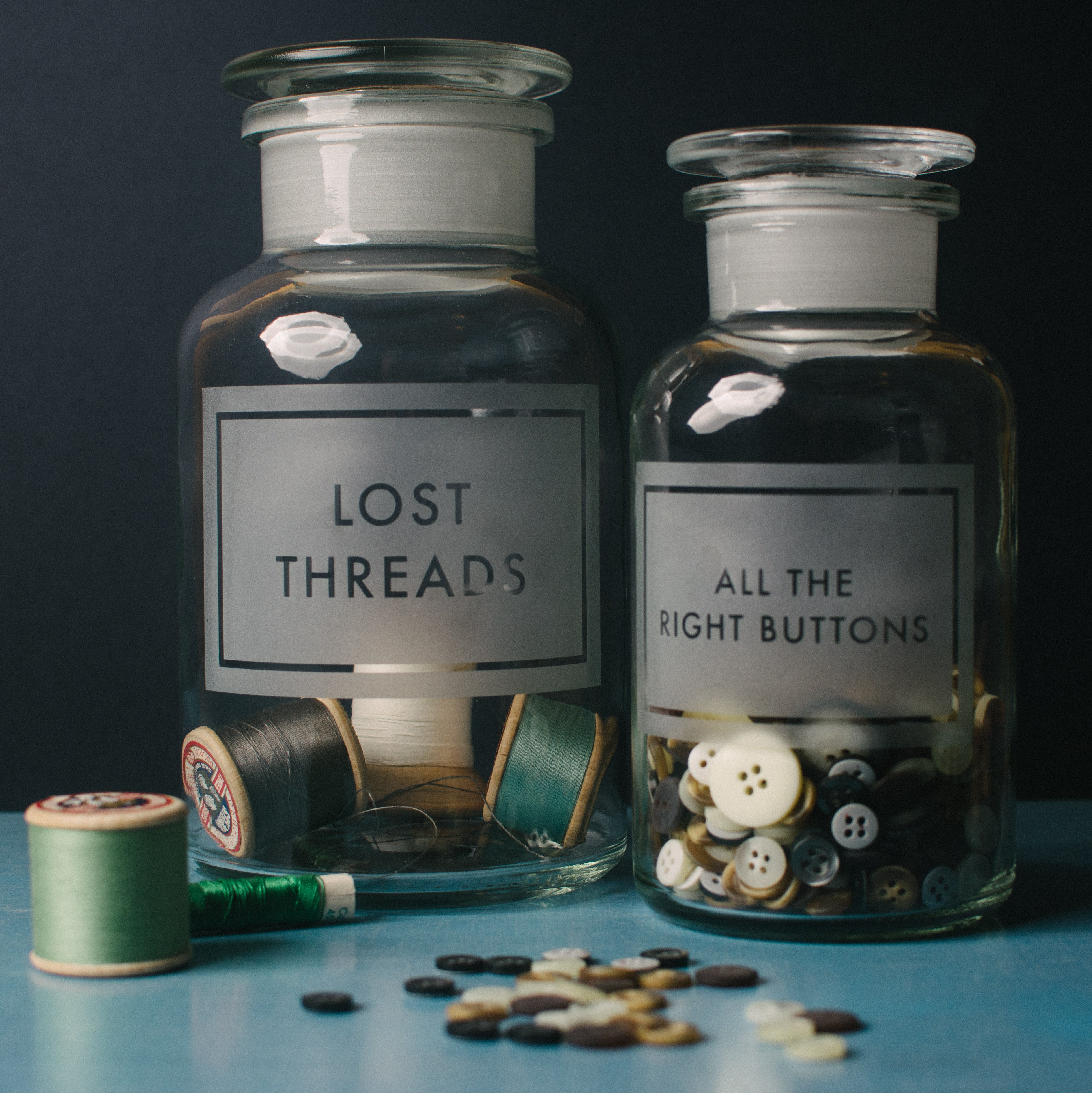
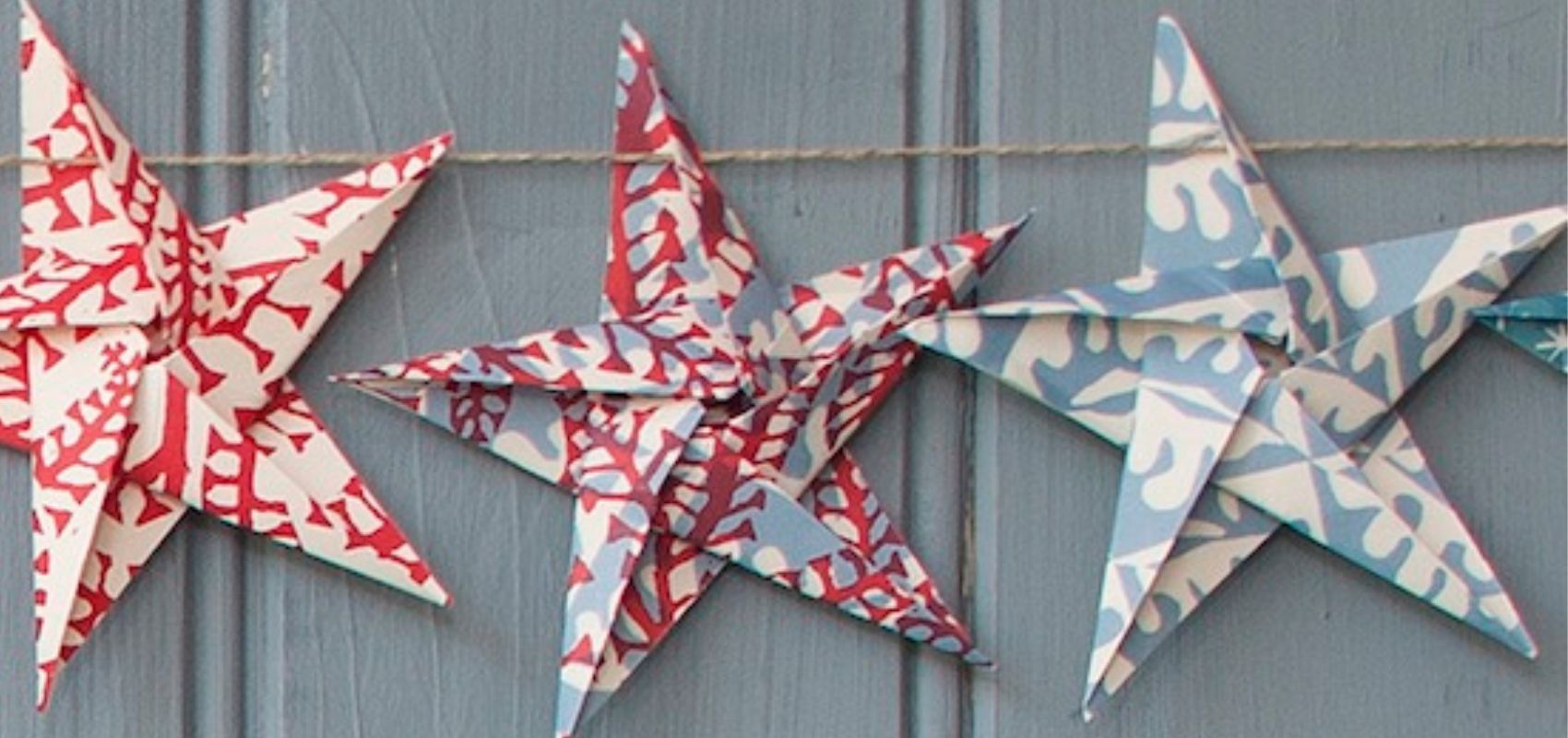
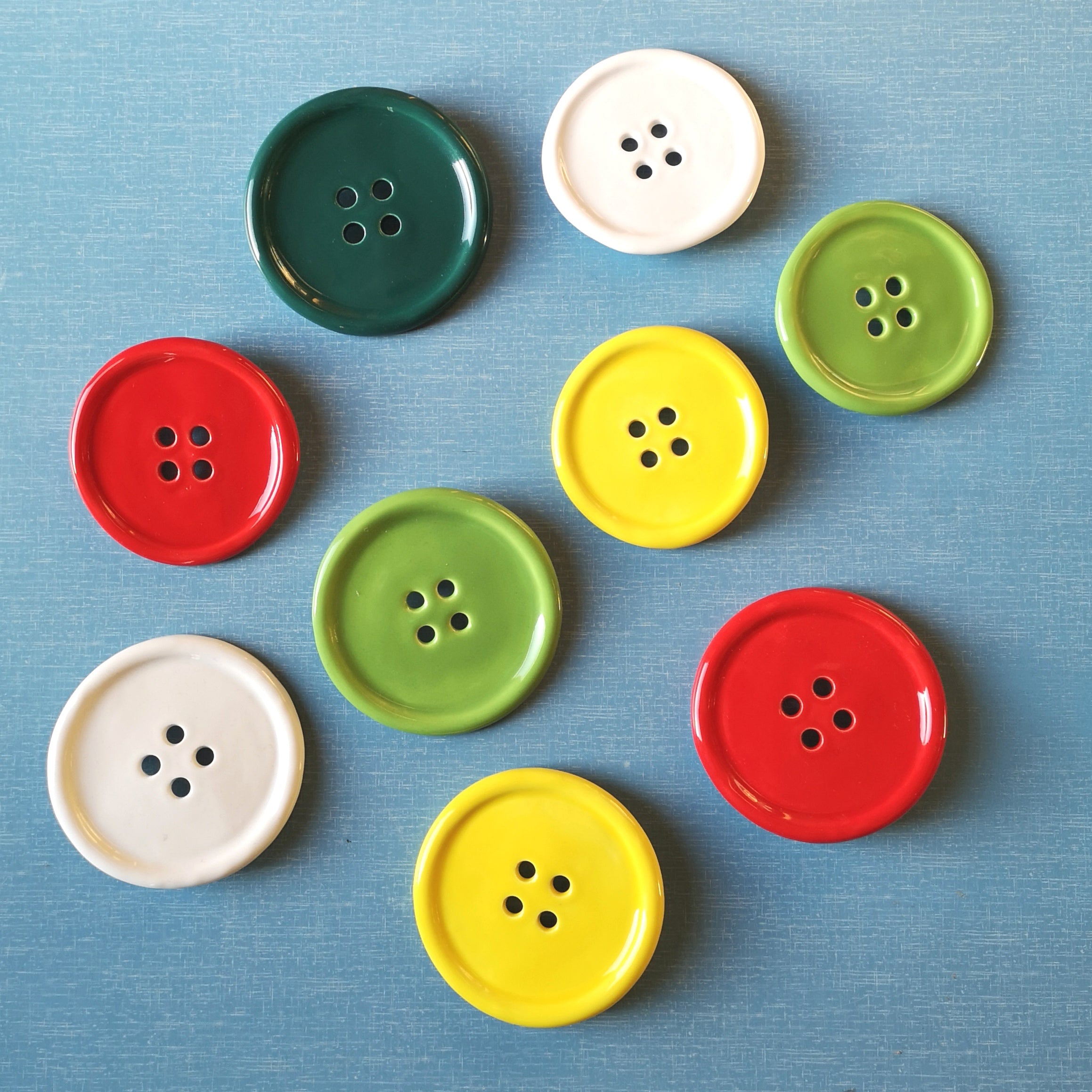

Leave a comment